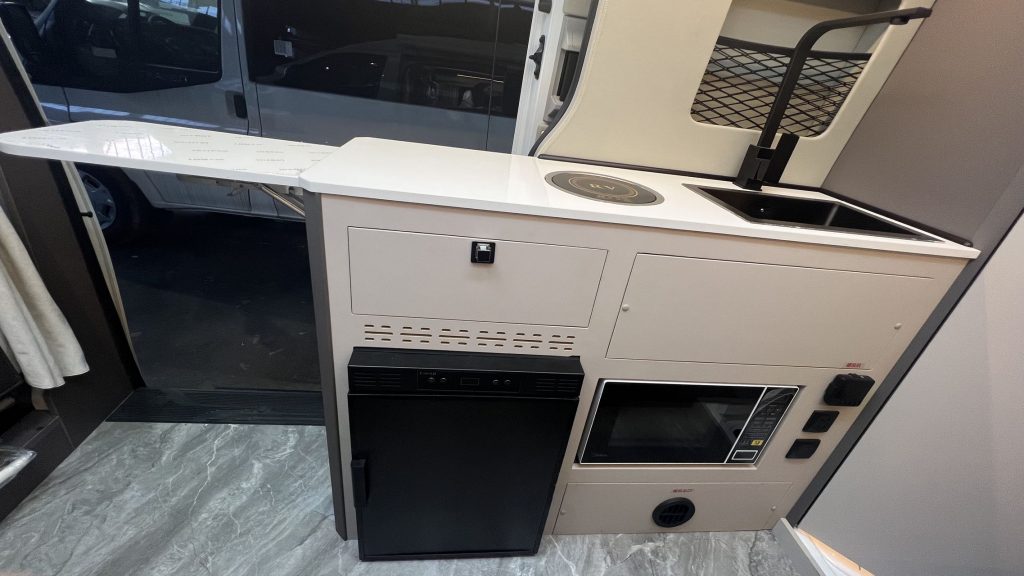Tanker Truck Loading and Unloading Best Practices and Safety Guidelines
Introduction
Tanker trucks play a crucial role in the transportation of various liquids, such as chemicals, fuel, and food products. Loading and unloading operations are critical steps in the tanker trucking process and require careful planning, adherence to safety guidelines, and efficient practices to ensure the smooth and safe transfer of liquids. In this article, we will explore the best practices and safety guidelines for tanker truck loading and unloading, covering key aspects such as equipment requirements, procedural steps, and regulatory compliance.
Equipment Requirements
Before delving into the loading and unloading procedures, it is essential to ensure that the necessary equipment is in place to facilitate the process smoothly and safely. Some of the key equipment required for tanker truck loading and unloading operations include:
1. Loading/Unloading Arm: A loading/unloading arm is a crucial component that connects the tanker truck to the loading/unloading terminal. It allows for the transfer of liquids between the tanker and the storage facility without spillage or contamination.

2. Hoses and Couplings: High-quality hoses and couplings are essential for ensuring a secure connection between the tanker truck and the storage facility. These components should be regularly inspected for wear and tear to prevent leaks and spills.
3. Pumping System: A reliable pumping system is necessary for transferring liquids from the tanker to the storage facility or vice versa. The pumping system should be capable of handling the specific type of liquid being transported and should be properly maintained to prevent breakdowns during loading and unloading operations.
4. Emergency Shutdown System: An emergency shutdown system is a critical safety feature that allows for the immediate cessation of liquid transfer in case of an emergency or spillage. This system should be easily accessible and clearly labeled for quick activation when needed.
Procedural Steps for Tanker Truck Loading and Unloading
Loading and unloading operations for tanker trucks involve a series of procedural steps that must be followed meticulously to ensure the safety of personnel and prevent environmental contamination. The following are the key steps involved in tanker truck loading and unloading:
1. Pre-Loading/Unloading Inspection: Before initiating the loading or unloading process, a thorough inspection of the tanker truck, equipment, and surroundings should be conducted. This inspection should include checking for leaks, ensuring the integrity of hoses and couplings, and verifying that all safety systems are operational.
2. Positioning of the Tanker Truck: The tanker truck should be positioned in a designated loading/unloading area that is level and free from obstacles. Proper alignment with the loading/unloading terminal is essential to ensure a secure connection and prevent spills.
3. Connecting the Loading/Unloading Arm: The loading/unloading arm should be securely connected to the tanker truck and the terminal to establish a safe transfer pathway for the liquid. The connections should be tightened according to manufacturer specifications to prevent leaks.
4. Initiating Liquid Transfer: Once the connections are in place, the pumping system can be activated to begin the transfer of liquid from the tanker to the storage facility or vice versa. The flow rate should be monitored closely to prevent overfilling or spills.
5. Monitoring and Control: Throughout the loading/unloading process, personnel should monitor the operation closely and be prepared to intervene in case of any abnormalities or emergencies. https://www.worktruckmaker.com should be easily accessible for quick activation if needed.
6. Completion of Transfer: Once the desired quantity of liquid has been transferred, the pumping system should be shut down, and the connections between the tanker truck and the terminal should be disconnected carefully to prevent spills.
Safety Guidelines for Tanker Truck Loading and Unloading
Safety is paramount in tanker truck loading and unloading operations to protect personnel, prevent environmental damage, and ensure compliance with regulatory requirements. The following safety guidelines should be adhered to during tanker truck loading and unloading:
1. Personal Protective Equipment (PPE): All personnel involved in tanker truck loading and unloading operations should wear appropriate PPE, including safety goggles, gloves, and protective clothing, to prevent exposure to hazardous liquids and chemicals.
2. Training and Certification: Personnel responsible for operating tanker trucks, pumping systems, and loading/unloading equipment should undergo comprehensive training and certification to ensure they are knowledgeable about safety protocols and best practices.
3. Hazard Communication: Clear and visible signs should be posted at the loading/unloading area to indicate the type of liquid being transferred, potential hazards, and emergency contact information. This information helps personnel respond effectively in case of an emergency.
4. Spill Response Plan: A spill response plan should be in place to address potential spills or leaks during tanker truck loading and unloading operations. This plan should outline the steps to contain and clean up spills, as well as the procedures for notifying authorities and managing the aftermath.
5. Regulatory Compliance: Tanker truck loading and unloading operations are subject to various regulations and standards set forth by government agencies and industry organizations. It is essential to ensure compliance with these regulations to avoid penalties and ensure the safety of personnel and the environment.
Conclusion
Tanker truck loading and unloading operations require meticulous planning, adherence to safety guidelines, and efficient practices to ensure the smooth and safe transfer of liquids. By following the best practices and safety guidelines outlined in this article, companies can minimize risks, protect personnel, and maintain compliance with regulatory requirements. Effective equipment management, procedural steps, and safety protocols are essential components of a successful tanker truck loading and unloading operation.